Pain, as one of the most fundamental human sensations, is a feeling and experience that almost everyone has experienced. It is not only a protective mechanism of the body, but also an important signal for many diseases. With the continuous development of modern medicine, pain medicine has gradually become independent from other medical fields and developed into an important clinical medicine. This article will take you through the development history of pain medicine.

In ancient Chinese medicine, pain was believed to be related to factors such as poor circulation of qi and blood, obstruction of meridians, six external factors (wind, cold, heat, dampness, dryness, fire), and seven internal emotions (joy, anger, worry, thought, sadness, fear, and shock). Pain is regarded as a signal of the body, reflecting the imbalance of physiological functions such as qi, blood, organs, and meridians. The Yellow Emperor's Inner Canon and other ancient books provide detailed descriptions and classifications of pain, including various forms of pain such as minor pain, severe pain, partial pain, and generalized pain.
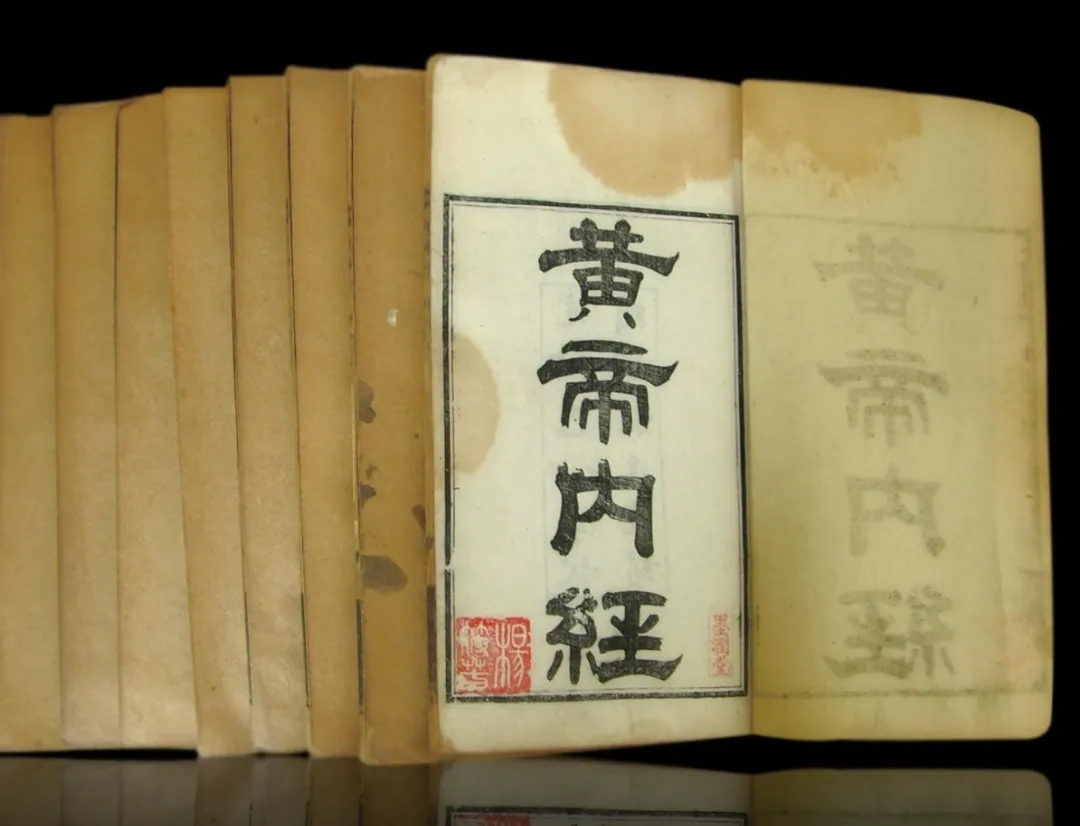
Ancient Greek and Roman medical experts believed that pain was caused by an imbalance of the four body fluids (blood, mucus, yellow bile, and black bile) that make up the human body, or by harmful external stimuli invading the body. Pain is also seen as a spiritual test or punishment, closely linked to a person's moral character and destiny.
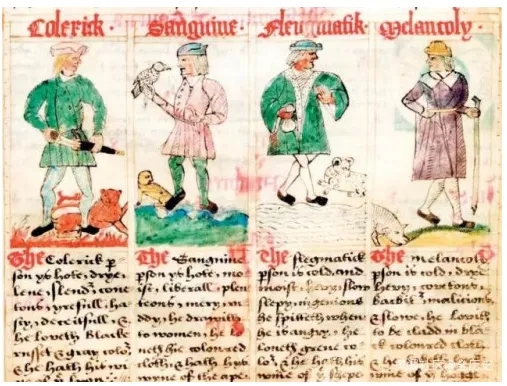

In medieval China, pain was regarded as a bodily signal related to factors such as poor circulation of qi and blood, and blockage of meridians. According to traditional Chinese medicine theory, pain is caused by factors such as invasion of external pathogens, internal injuries, emotional or dietary fatigue, leading to an imbalance of qi and blood and obstruction of meridians. Therefore, in the treatment of pain, Chinese medicine focuses on adjusting qi and blood, dredging the meridians, to achieve the purpose of pain relief, and mainly uses acupuncture and moxibustion, herbal treatment, hot compress, cold compress, and massage to relieve pain.
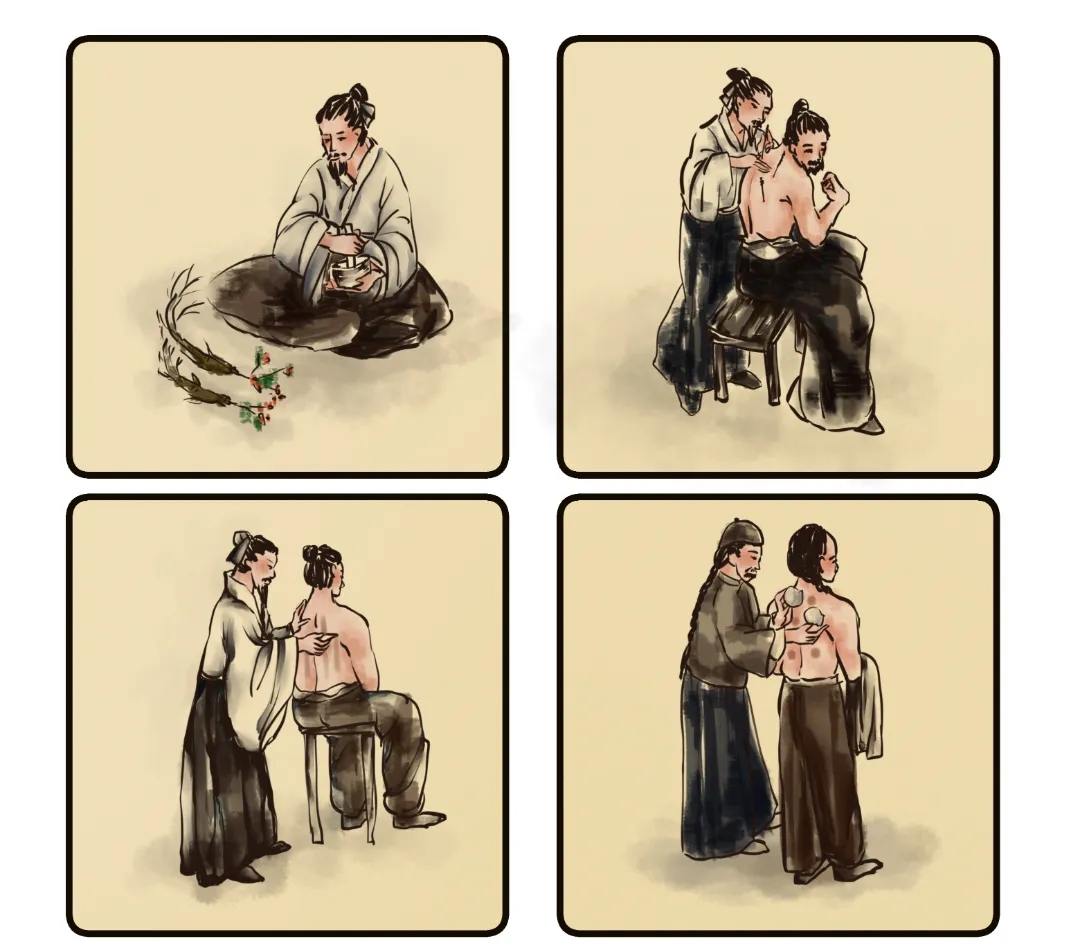
In medieval Europe, the concept of pain was influenced by Christianity and ancient Greek and Roman medical thought, and had a strong religious and philosophical color. At that time, people believed that pain was God's punishment or test of humanity, and therefore needed to be relieved through methods such as prayer and meditation. During this period, methods of pain treatment included bloodletting, prayer, meditation, herbal remedies, surgical procedures, and more. Although these methods lack scientific basis in modern medicine, they were mainstream pain management methods at that time.
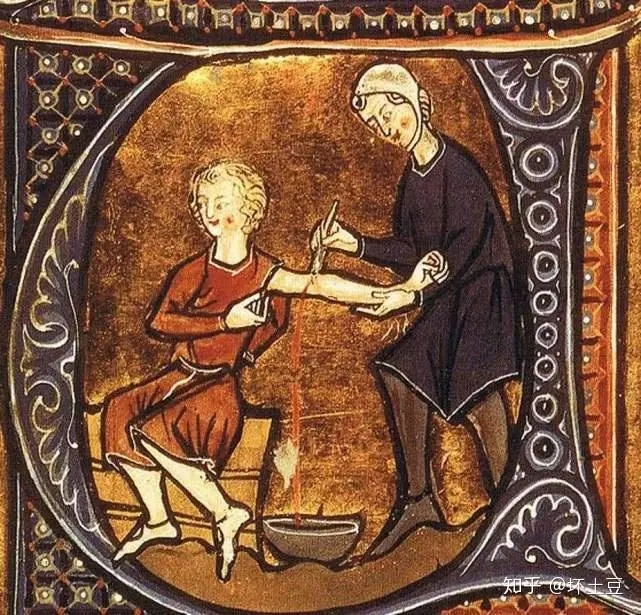

In the 18th century, with the arrival of the scientific revolution, pain began to be re recognized by the medical community. Doctors began to try using surgery and medication to treat pain. In the 19th century, the discovery and application of anesthetics such as ether and chloroform effectively controlled surgical pain, which was an important milestone in the development of pain medicine.

The origin of pain medicine can be traced back to the early 20th century, but it was not until the 1950s that with the in-depth study of pain mechanisms in modern medicine, people gradually realized that pain is not just a symptom, but a complex physiological and pathological process. In order to better study and treat pain, pain medicine gradually became independent from other medical fields, and pain began to be seen as an independent medical field. Prior to this, pain management mainly relied on simple analgesics such as aspirin and morphine.
In 1953, American physician John Bonica proposed the term "pain medicine" and established the International Association of Pain Societies (IASP) in the 1970s, marking the formal establishment of pain medicine. In the late 1970s, with the continuous deepening of understanding of pain, the United States was the first to establish the Pain Medicine Society and added pain management courses to medical education. In the 1980s, the World Health Organization (WHO) proposed a three-step therapy for cancer pain management, marking the standardization and normalization of pain management.
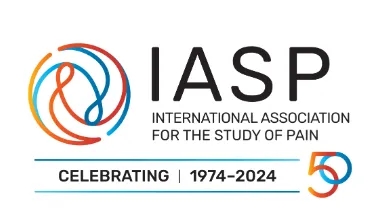

The development of pain medicine in China began in the early 1980s. With the reform and opening up, the country began to introduce international knowledge and concepts of pain medicine. In 1989, Academician Han Jisheng promoted pain medicine in China and established the Pain Branch of the Chinese Medical Association in 1992, marking the official establishment of pain medicine in China. Subsequently, the establishment of the Chinese Journal of Pain Medicine provided an academic exchange platform for pain medicine research, further promoting its development.
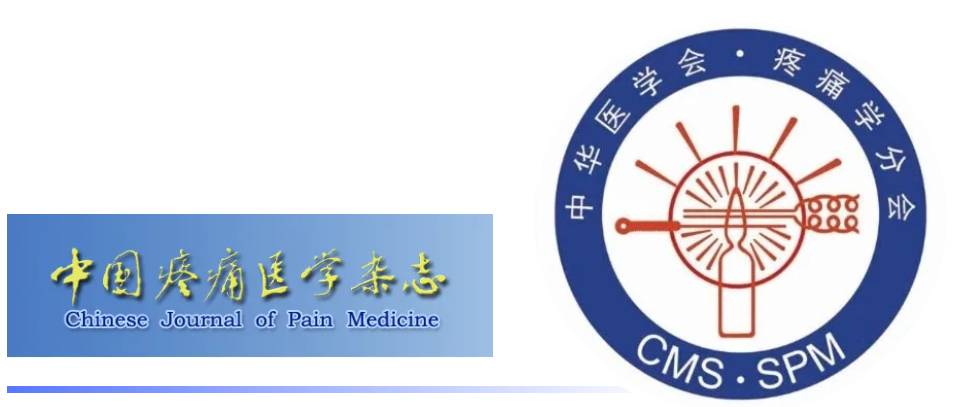
Entering the 21st century, Chinese pain medicine has entered a period of rapid development. In 2007, the Ministry of Health issued a notice requiring hospitals at or above the second level to establish pain departments, which greatly promoted the popularization of pain medicine in China.
In recent years, Chinese pain medicine has achieved significant results in scientific research. Researchers have conducted in-depth research on the mechanisms, transmission pathways, and treatment methods of pain, which has promoted the development of pain medicine. At the same time, pain medicine actively participates in international exchanges and cooperation, introducing and absorbing advanced pain treatment technologies and concepts from around the world. With the development of pain medicine, more and more medical colleges and institutions are establishing pain medicine majors or courses to cultivate professional pain medicine talents. These talents not only provide strong talent support for the development of pain medicine, but also make important contributions to promoting the overall progress of pain medicine.

Pain medicine faces multiple challenges in the modern healthcare system, which have a significant impact on the development of medicine, as well as the treatment outcomes and quality of life for patients. Firstly, the lack of public awareness and acceptance of pain medicine is a significant issue. Although significant progress has been made in pain medicine, many ordinary people and even medical staff still have limited understanding of pain medicine. This leads to the underestimation or neglect of the need for pain treatment, making it difficult for some patients to seek professional pain treatment services in a timely manner and missing the best treatment opportunity. Meanwhile, the lack of public awareness has also limited the development of pain medicine due to insufficient attention and support.
Secondly, the uneven distribution of medical resources and the need to improve the pain education system are also challenges facing pain medicine. The total amount of pain medical resources is insufficient and unevenly distributed, especially in primary healthcare institutions and remote areas.

With the continuous advancement of medical technology, the future development prospects of pain medicine are broad. The rise of precision medicine will make pain treatment more personalized, achieving a deep understanding of pain mechanisms and precise formulation of treatment strategies through advanced biotechnology such as genomics and proteomics. At the same time, multimodal therapies such as neuromodulation, psychotherapy, and physical therapy will receive more attention to reduce drug dependence. In addition, strengthening interdisciplinary collaboration will integrate knowledge and skills from fields such as medicine, psychology, and neuroscience to enhance the overall effectiveness of pain treatment. In the future, we will also attach importance to patient education and improve patients' pain management knowledge and self-management abilities through various channels. Technological innovation, such as the application of emerging technologies such as mobile health, telemedicine, and artificial intelligence, will further promote the convenience and efficiency of pain management.

The development history of pain medicine is a deepening history of human understanding of their own feelings. From ancient mystical explanations to modern scientific management, the progress of pain medicine has not only improved patients' quality of life, but also promoted the development of medicine. From the periphery to the core, advances in pain medicine have not only improved the effectiveness of pain treatment, but also enhanced the quality of life for countless patients. In the future, with the development of technology and the deepening of medical research, there is reason to believe that pain medicine will bring more hope and relief to humanity.
Lindmik Pharmaceutical(Suzhou)Co.,Ltd is a high-tech pharmaceutical enterprise focusing on the research and development, production and sales of innovative pharmaceutical preparations.Equipped with a number of its own innovative R&D platform of dosage forms, including the transdermal drug delivery system, and at the same time, actively introducing the world’s leading nano-based drug delivery, microspheres drug delivery and other cutting-edge pharmaceutical technologies by means of “license in”, the company is a new rapidly developing company pharmaceutical companies that catches people’s eyes.

12th Floor, Building 5, Tianyun Plaza, 111 Wusongjiang Avenue, Guoxiang Street, Wuzhong District, Suzhou City

0512-66020899

0512-66022699

215124